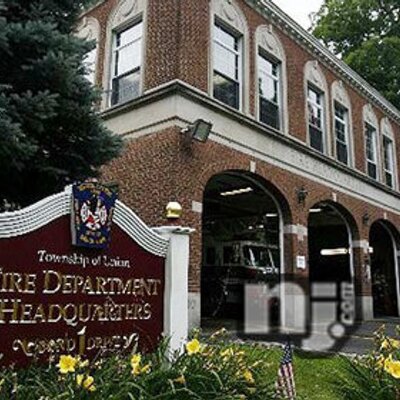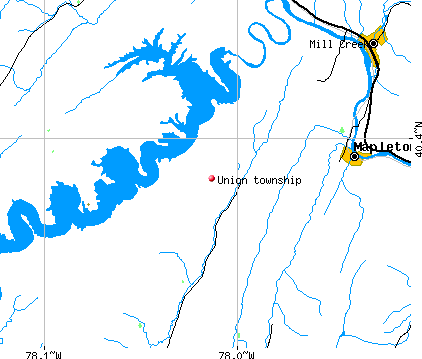

However, it was not until 1973 that the constitution was amended to provide for limited home rule at the county level. Sims required reapportionment according to the principle of "one man, one vote", which resulted in legislative districts crossing county lines. In 1964, the United States Supreme Court case Reynolds v. From the eighteenth century to 1973, counties in South Carolina performed limited functions such as the provision of law enforcement and the construction of transportation infrastructure. Under this system, the state senator from each county wielded the most power. Each county's delegation to the General Assembly, comprising one senator and at least one representative, also doubled as its county council.

The 1895 Constitution made no provision for local government, effectively reducing counties to creatures of the state. Historically, county government in South Carolina has been fairly weak. The South Carolina Department of Archives and History has maps that show the boundaries of counties, districts, and parishes starting in 1682. In 1868, the districts were converted back to counties. In 1800, all counties were renamed as districts. This structure continued and grew after the Revolutionary War. As people settled the backcountry, judicial districts and additional counties were formed. There were also several counties that had judicial and electoral functions. In the colonial period, the land around the coast was divided into parishes corresponding to the parishes of the Church of England. The least populous county is Allendale County, with only 7,579 residents, while the most populous county is Greenville County, with a population of 547,950, despite the state's most populous city, Charleston, being located in Charleston County.

They range in size from 359 square miles (930 square kilometers) in the case of Calhoun County to 1,358 square miles (3,517 square kilometers) in the case of Charleston County. state of South Carolina is made up of 46 counties, the maximum allowable by state law. cities, towns, unincorporated communities, census designated place.


 0 kommentar(er)
0 kommentar(er)
